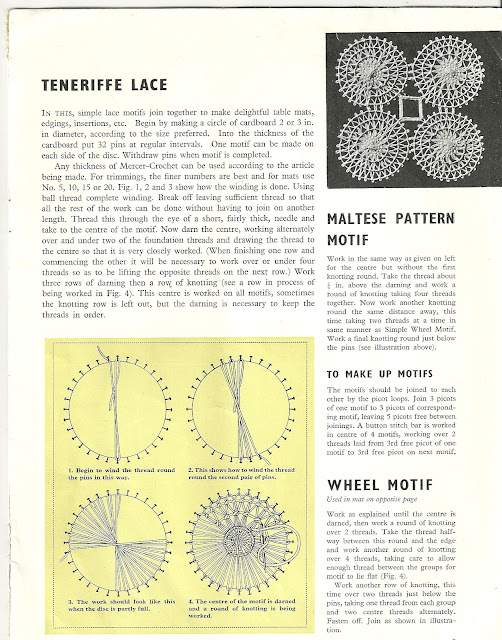Blog Review
With the end of the year I want to review several of 2012
blogs.
April 13th Knitting and Crochet Work

 In this
discussion I introduced Bernice Pearl and Ethel Trujillo 2 fellow volunteers at
the Southside Branch of the Santa Fe Public Library. These two ladies and their “sewing circles” produce hats, afghans, scarves and shawls which are
donated to the needy, not only in Santa Fe but throughout New Mexico and as far
as Guatemala and China. This year alone
Bernice knitted nearly 1000 warm, colorful hats for anyone who needed or (as
frequently happened) requested one.
Ethel and her colleagues have supplied newborn hats and afghans and
prayer shawls, numbering in the hundreds of hand crochet articles.
In this
discussion I introduced Bernice Pearl and Ethel Trujillo 2 fellow volunteers at
the Southside Branch of the Santa Fe Public Library. These two ladies and their “sewing circles” produce hats, afghans, scarves and shawls which are
donated to the needy, not only in Santa Fe but throughout New Mexico and as far
as Guatemala and China. This year alone
Bernice knitted nearly 1000 warm, colorful hats for anyone who needed or (as
frequently happened) requested one.
Ethel and her colleagues have supplied newborn hats and afghans and
prayer shawls, numbering in the hundreds of hand crochet articles.
I asked anyone who had yarn to donate to please do so and
the response was very much appreciated.
However, the need for yarn is ongoing as is their dedication. If you are able to help you can contact me
at margy@cinnamonstudio.com.
July 6th Molas
At the TSA
Biennial this Sept (Sept 28th blog) I met a most delightful woman,
Diana Marks, from Sydney, Australia who had just finished her PhD thesis on,
you guessed it..Molas!! She presented a most interesting paper on the political
implications in the history of Mola production by the Kuna Indians of the San
Blas Islands off the coast of Panama.
I just got a holiday greeting from Diana and she graduated
with her doctorate degree on Dec. 12th.. What a great Christmas gift!!
If you have an interest in Mola textiles, I suggest you
contact her at diana.marks@student.rmit.edu.au
.
August 10th
Colcha Embroidery
There was a
question posted regarding the motifs used by Santa Fe Colcherias regarding the
prevalent use of floral designs.
According to Nina Wood, who was featured in the blog, Santa Feans are
usually traditional (although some do create their own designs). This tradition of florals came, of course,
from the Spanish who had historic
connections with the Arab influence of the Ottoman Empire. Stylized flowers dominated their art, and
hence, can be seen in these elaborate embroideries.
September 9th Pirate Flags
I had just
posted this blog before attending TSA and you can image my delight at meeting
,at a session, a member who carried a crochet tote bag with a skull and
crossbones design. Needless to say this
unique accessory created quite an interest.
Carol Ventura of Baxter, Tennessee has a business creating crochet
patterns. Carol’s work can be seen at http://www.tapestrycrochet.com.
December 7th
Tenerrife lace
Yesterday
I met with friends to see a fantastic antique shop, Pegasus, way up in the
Santa Fe hills…Way up!!! The day was bright and sunny and the view of the snowy
mountains gave reason to why anyone would want to climb that dirt road. The collection was nearly overwhelming with
every type of antique and collectible imaginable. Naturally I headed straight for the textiles. Baskets of hankies and crochet work, bins of
buttons and trims, drawers of lace.
There I found, right on top, this lovely Tenerrife doily. I keep saying there are vintage textiles
available, reasonably priced, you just have to look.


















































